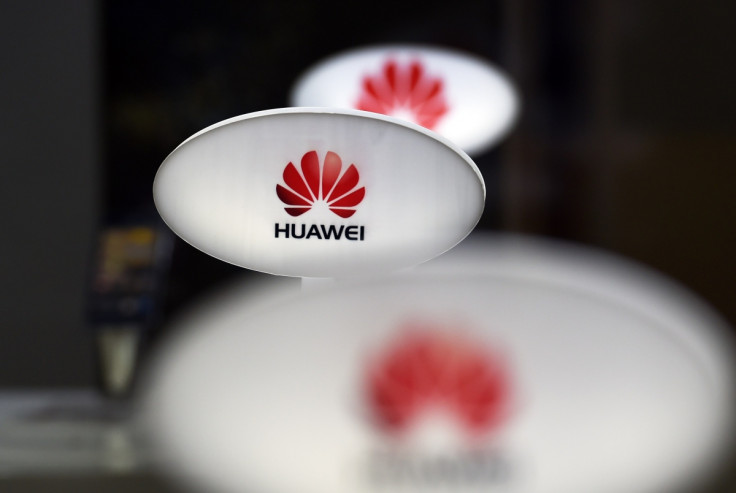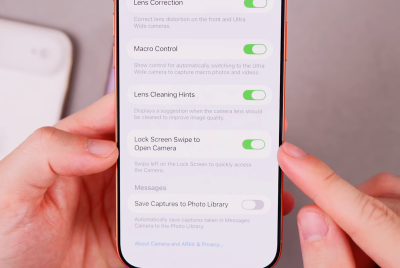Huawei's new lithium-ion battery charges to 50% in just five minutes
Huawei reveals its next-gen fast charging technology

Huawei recently showed off its new batteries which charge up to 50% within a few minutes. The next-gen quick charging technology is claimed to have 10 times faster charging speed than normal batteries.
"Huawei is confident that this breakthrough in quick charging batteries will lead to a new revolution in electronic devices, especially with regard to mobile phones, electric vehicles, wearable devices and mobile power supplies. Soon, we will all be able to charge our batteries to full power in the time it takes to grab a coffee!" notes the company.
Developed by the Watt Lab, which belongs to the Central Research Institute at Huawei Technology Corporation, the new lithium-ion batteries were unveiled at the 56th Battery Symposium held from 11 to 13 November in Nagoya, Japan. The company did not mention when we can expect these batteries.
A couple of videos demoed by the company show two types of lithium-ion batteries: one with 600 mAh capacity that can be charged up to 68% in just two minutes, and the other with 3000 mAh capacity (energy density above 620 Wh/L) that takes just five minutes to reach 48% charge. This allows 10 hours of claimed talk time on Huawei phones.
Huawei explains: "Heteroatoms were bonded to the molecule of graphite in anode, which could be a catalyst for the capture and transmission of lithium through carbon bonds." This, according to the company, results in increasing the charging speed of batteries without compromising battery life.
Huawei's quick charging technology seems to be faster than Qualcomm's Quick Charger 3.0, which is expected to be available with its Snapdragon 820 processor and in mobile devices some time next year. Qualcomm's third generation Quick Charger charges a phone to 80% in about 35 minutes.
Qualcomm claims this fast charging technology is the first of its kind to employ Intelligent Negotiation for Optimum Voltage (INOV), a new algorithm designed to allow mobile devices to determine what power level to request for optimum power transfer, while maximising efficiency.
© Copyright IBTimes 2025. All rights reserved.





















